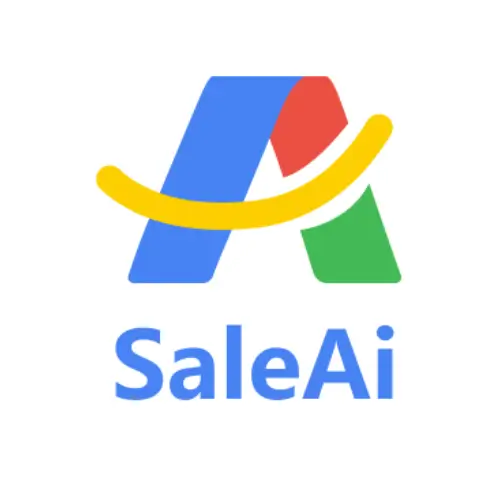
For years, sales teams have followed the same routine — research leads, write emails, record data, repeat.
Now, AI is breaking that cycle.
By 2025, the productivity difference between manual sales and AI-assisted sales teams will be impossible to ignore.
Here’s why AI isn’t just faster — it’s smarter.
The Manual Sales Reality
Manual sales workflows look like this:
-
Hours spent on prospecting and list building.
-
Dozens of emails manually written and sent.
-
Follow-ups tracked in spreadsheets.
-
Reports compiled at the end of each month.
It works — but at a cost.
Time and energy go to administration instead of selling.
(According to OECD, sales reps spend over 35% of their time on non-revenue tasks.)
The AI-Driven Sales Workflow
AI sales agents automate those same steps — only faster and with data-backed precision.
Here’s what changes when you bring AI into the workflow:
| Sales Step | Manual Process | AI Automation via SaleAI |
|---|---|---|
| Lead Research | Hours searching online | Lead Finder Agent finds verified buyers in seconds |
| Company Check | Manual Googling | Company Insight Agent verifies activity and credibility |
| Email Writing | Typing and editing each message | OutreachMail Agent writes personalized emails instantly |
| Follow-up Plan | No schedule or manual reminders | Outreach Planner Agent creates AI-optimized cadence |
| Reporting | Spreadsheet compilation | TradeReport Agent auto-summarizes results |
| Execution | Multiple tools | Super Agent executes commands across all Agents |
The Numbers Behind the Gap
Independent studies show just how wide this productivity gap has become:
-
🕒 60% less time spent on data entry and reporting (Gartner 2024)
-
📈 45% higher response rates when using AI-personalized outreach (Statista 2024)
-
💬 30% faster sales cycles for teams integrating AI agents (Forrester 2025)
The result?
Sales teams using AI close more deals with the same resources — and less burnout.
Why Manual Sales Can’t Keep Up
It’s not about human effort — it’s about bandwidth.
Manual sales can never scale at the speed of data.
Each rep can only manage a limited number of leads and follow-ups.
AI agents handle thousands of signals simultaneously — filtering, ranking, and responding in real time.
This means:
✅ No missed opportunities.
✅ No repetitive tasks.
✅ No delay between insight and action.
The Human Advantage Still Matters
AI can analyze and execute, but humans still close deals.
What changes is focus:
-
AI handles data, timing, and execution.
-
Humans handle relationships, negotiation, and trust.
The future of sales is human + AI, not human vs AI.
(Research by WTO shows that sales teams using AI collaboration improve conversion rates by nearly 50%.)
What the Future Looks Like for Sales Teams
By 2025, AI won’t be optional — it’ll be expected.
Companies that integrate AI early will dominate in:
-
Lead speed and accuracy
-
Response time
-
Data-driven decision-making
-
Customer experience
Those that don’t adapt will face the same problem spreadsheets once created: too much manual work, not enough growth.
The Bottom Line
The productivity gap is real — and it’s growing.
Manual sales teams rely on effort; AI sales teams rely on intelligence.
By 2025, the difference won’t just be in numbers — it’ll be in results.
👉 Explore SaleAI: https://www.saleai.io
👉 Learn about Super Agent: https://www.saleai.io/en/agent/super-agent


